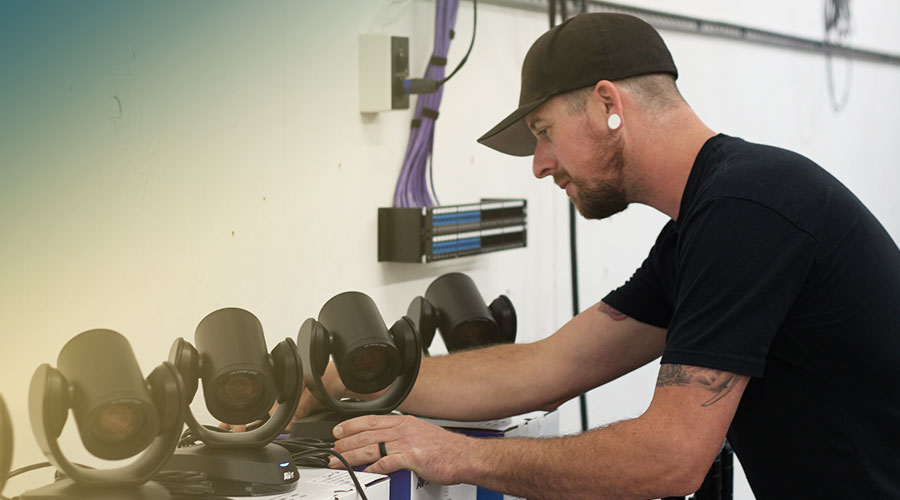A single key advantage of audio over IP systems is its ability to connect various devices and systems seamlessly. Classic broadcasting often depended on complex cabling and tangible links, which could be burdensome and restrictive. With AoIP, broadcasters can readily connect mics, mixers, and additional devices through a shared infrastructure. This integration allows for remote broadcasting and live transmissions from virtually any place, making it simpler to reach audiences across the globe. As a result, broadcasters can react quickly to ongoing events and listener requests, leading to more dynamic and captivating content.
Additionally, AoIP technology supports high-quality audio standards that improve the auditory experience. In contrast to conventional broadcasting methods, which may diminish sound standards, audio over IP can maintain the integrity of the audio stream during the delivery procedure. This implies that audiences can enjoy crisper and richer sound, whether they are tuning in via terrestrial radio, broadcasting over the internet, or employing portable devices. The capability to provide premium audio is particularly crucial for musical and discussion programs, where every detail matters to the audience.
Moreover, the implementation of audio over IP technologies can lead to cost savings for broadcasters. By leveraging existing network infrastructure, organizations can eliminate the need for expensive hardware and extensive cabling. This not only reduces upfront costs but also lowers maintenance expenses over time. Media firms can distribute resources more effectively, focusing on production and talent development. As a result, the entire broadcasting industry can gain from enhanced creativity and inventiveness, as financial resources are reallocated toward improving programming and engaging with audiences.
In conclusion, the shift towards audio over IP technologies is transforming the broadcasting landscape. Check This Out By allowing smooth links, improving audio quality, and reducing costs, AoIP is paving the way for a more connected future in media. As broadcasters continue to adapt to these changes, they will be better equipped to meet the demands of their audiences, produce captivating programs, and stay competitive in an constantly changing industry. The prospects of broadcasting is promising, and audio over IP will take a key role in shaping the manner in which we experience audio programming in the years to come.
